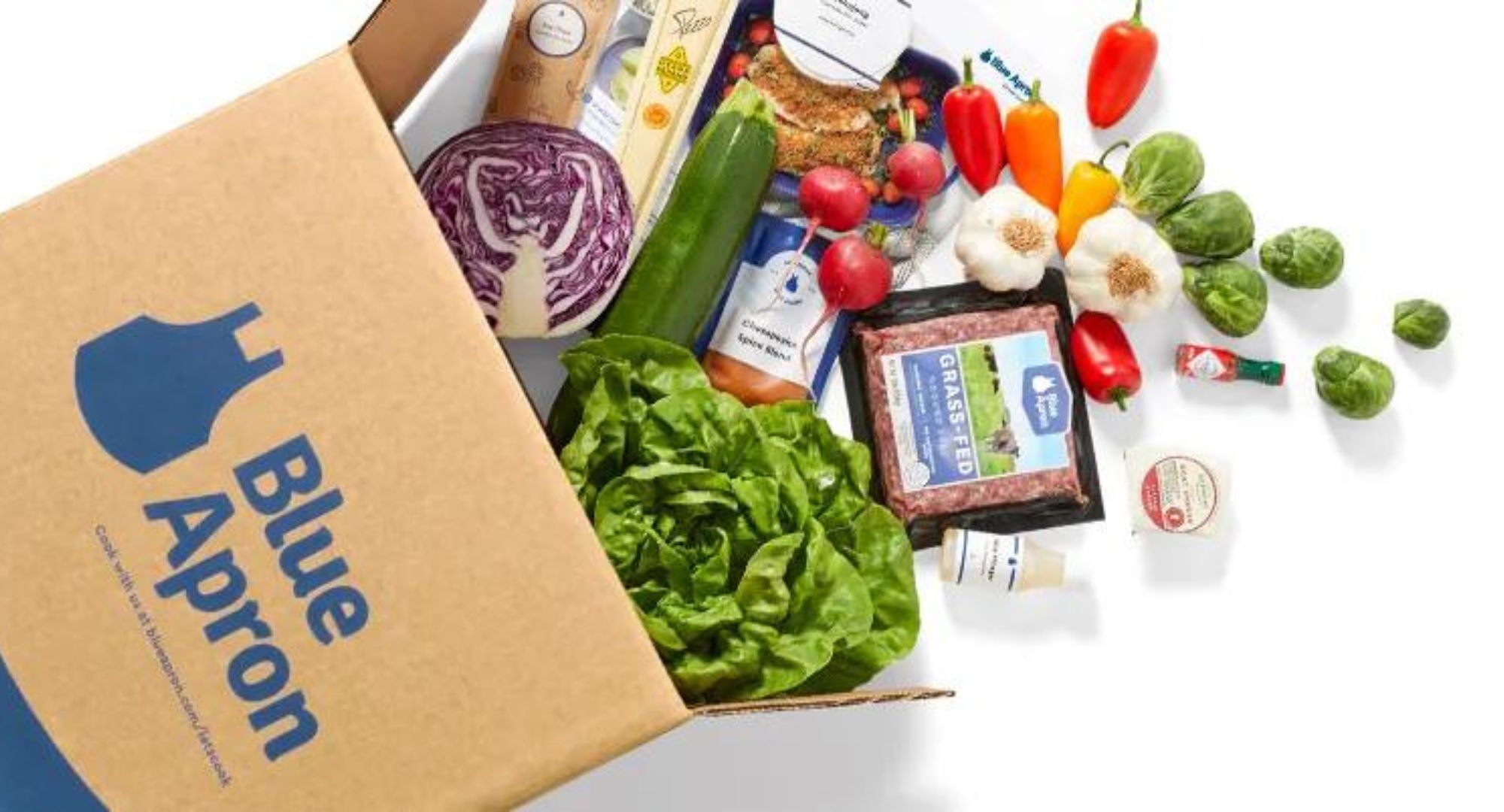
Blue Apron, the original meal kit service, is getting bought out by Wonder Group, a food delivery startup founded by Marc Lore, a former Walmart and Jet exec.
This is pretty big news for the meal kit industry, but what does it mean for you, the customer?
Well, it’s still too early to say for sure, but a few things could happen. Keep reading to find out what the potential impacts of this sale could mean for Blue Apron customers.
Blue Apron stockholders are entitled to $13 per share of Class A common stock
If you’re a stockholder, you lucked out.
According to an official press release, Blue Apron stockholders are entitled to receive $13 in cash per share (Class A common stock) through a tender offer by Wonder Group. That’s a 137% premium to the stock’s closing price of $5.49 on Thursday, Sept. 28, 2023.
Its shares more than doubled on Friday, according to CNN. The transaction is set to close in the fourth quarter of 2023.
While this news is exciting for stockholders, it may come as a blow to Blue Apron itself.
Blue Apron was the first meal-kit delivery company to go public, with a valuation of $1.89 billion. Wonder Group acquired the company for a mere $103 million, a significant decrease from its previous valuation.
The company was known for offering generous sign-up offers of discounted meal kits to attract new customers. However, once those discounted offers expired, many customers canceled their subscriptions.
By 2022, Blue Apron was cash-poor and had laid off about 10% of its corporate employees.

The merger with Wonder Group could benefit current and future Blue Apron customers
The hope is that the acquisition by Wonder Group will help the company recover from its financial struggles and provide a more stable and improved experience for current and future Blue Apron customers, which should mean more affordable meal plan options and additional menu choices.
“By joining forces with Wonder, we continue to realize our vision of Better Living Through Better Food and support how families and loved ones come together over food,” Blue Apron President and Chief Executive Officer Linda Findley said in the press release. “Wonder and Blue Apron deliver high-quality, chef-curated meals, making this a great match to offer more incredible mealtime experiences.”
The company also noted that the Blue Apron name and brand customers “know and love” will remain the same, suggesting that customers can expect continuity in the brand, service, and overall experience.
“Wonder is creating the mealtime super app, serving a broad range of occasions that feature cuisines from some of the world’s best chefs and restaurants while leveraging our culinary engineering and vertically integrated model,” added Lore.
So, how does this acquisition affect you as a consumer? It might mean tastier Blue Apron meals at a potentially lower cost. But we’ll have to wait and see how the acquisition plays out in terms of pricing, menu options, and overall customer experience.
Editors' Recommendations
- Meet the mail-order wagyu beef company prized by Gordon Ramsay and David Chang
- Romaine lettuce, iceberg lettuce, and more: Science says one is actually the healthiest choice
- The best food gifts for an amateur chef: Cookbooks, Caraway cookware, and more
- All-Clad kitchenware, GIR spatulas and more: The best kitchen gifts for anyone who lives at Williams Sonoma
- It’s time to pay attention to Hawaiian rum — why this liquor should be on your bar cart




